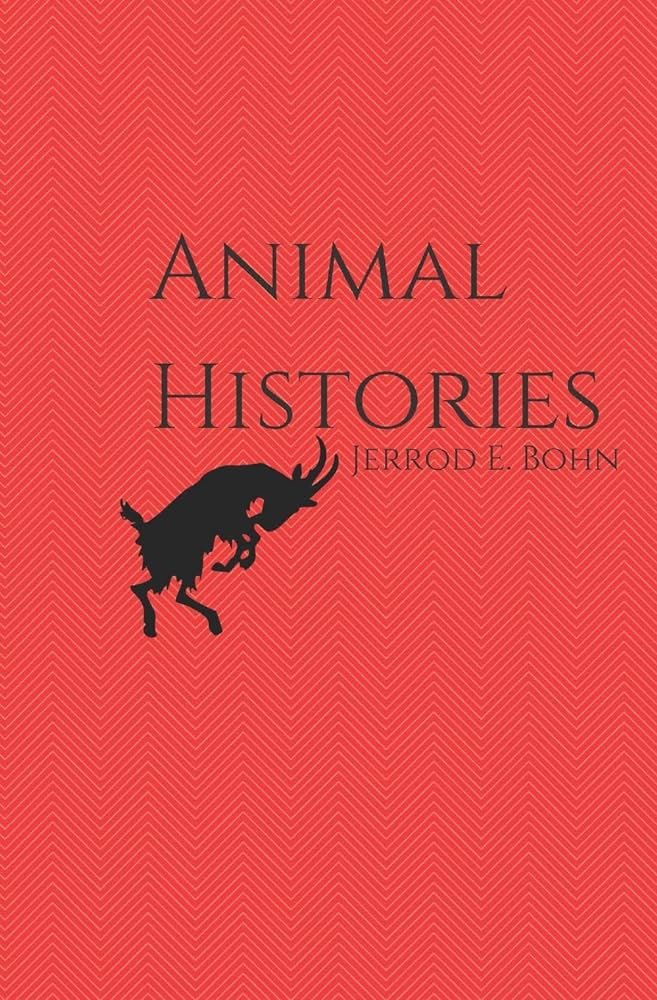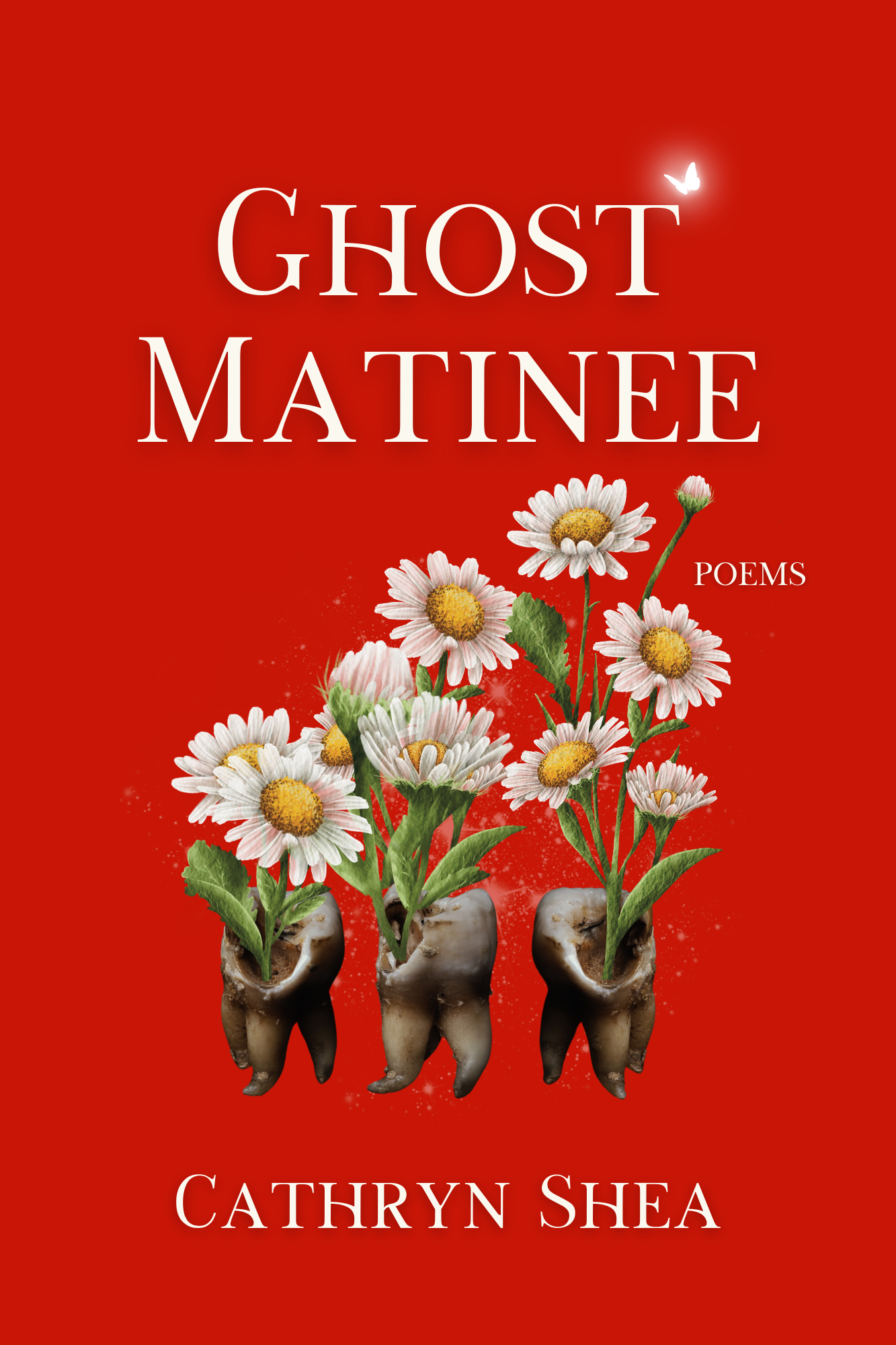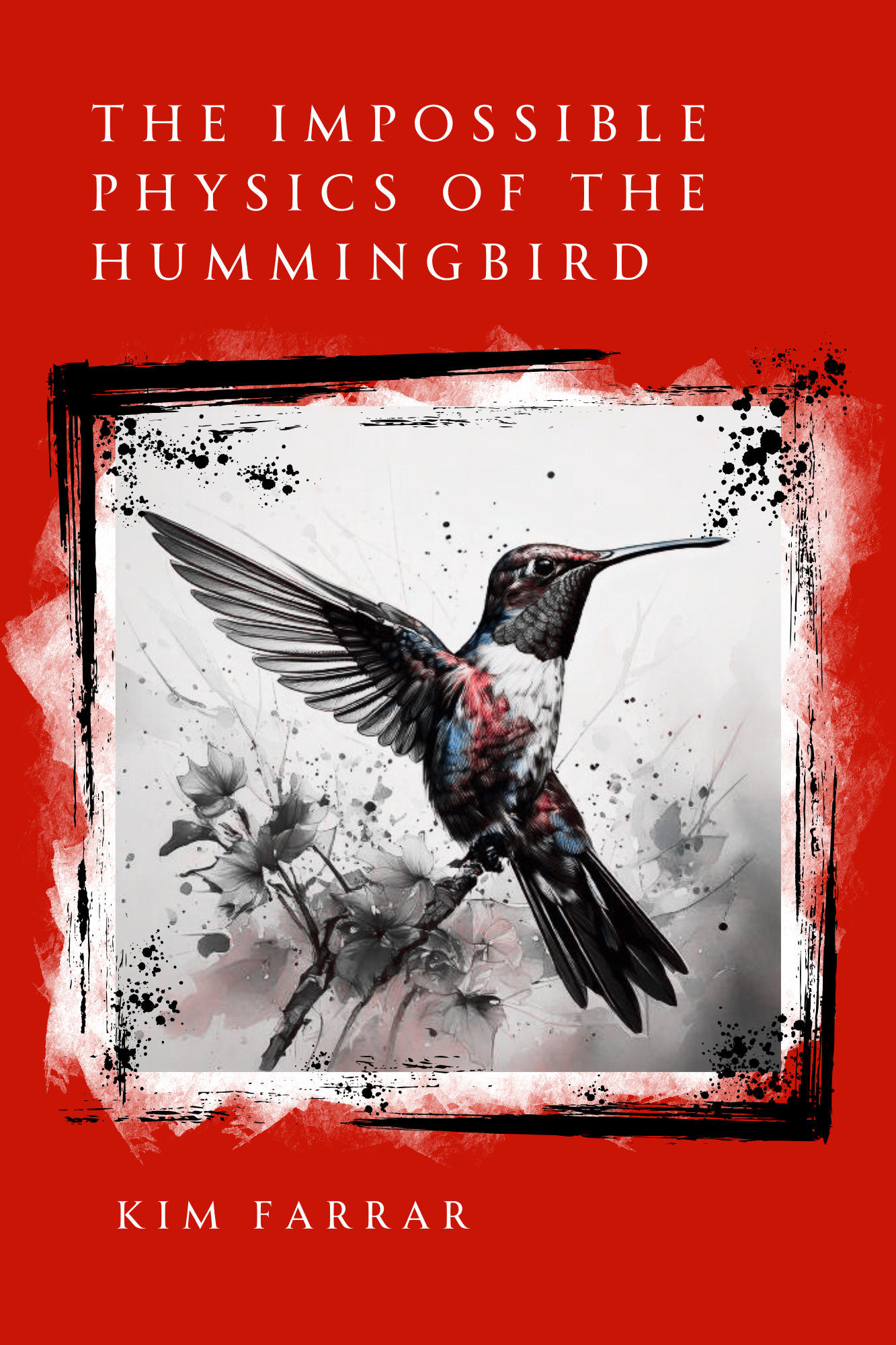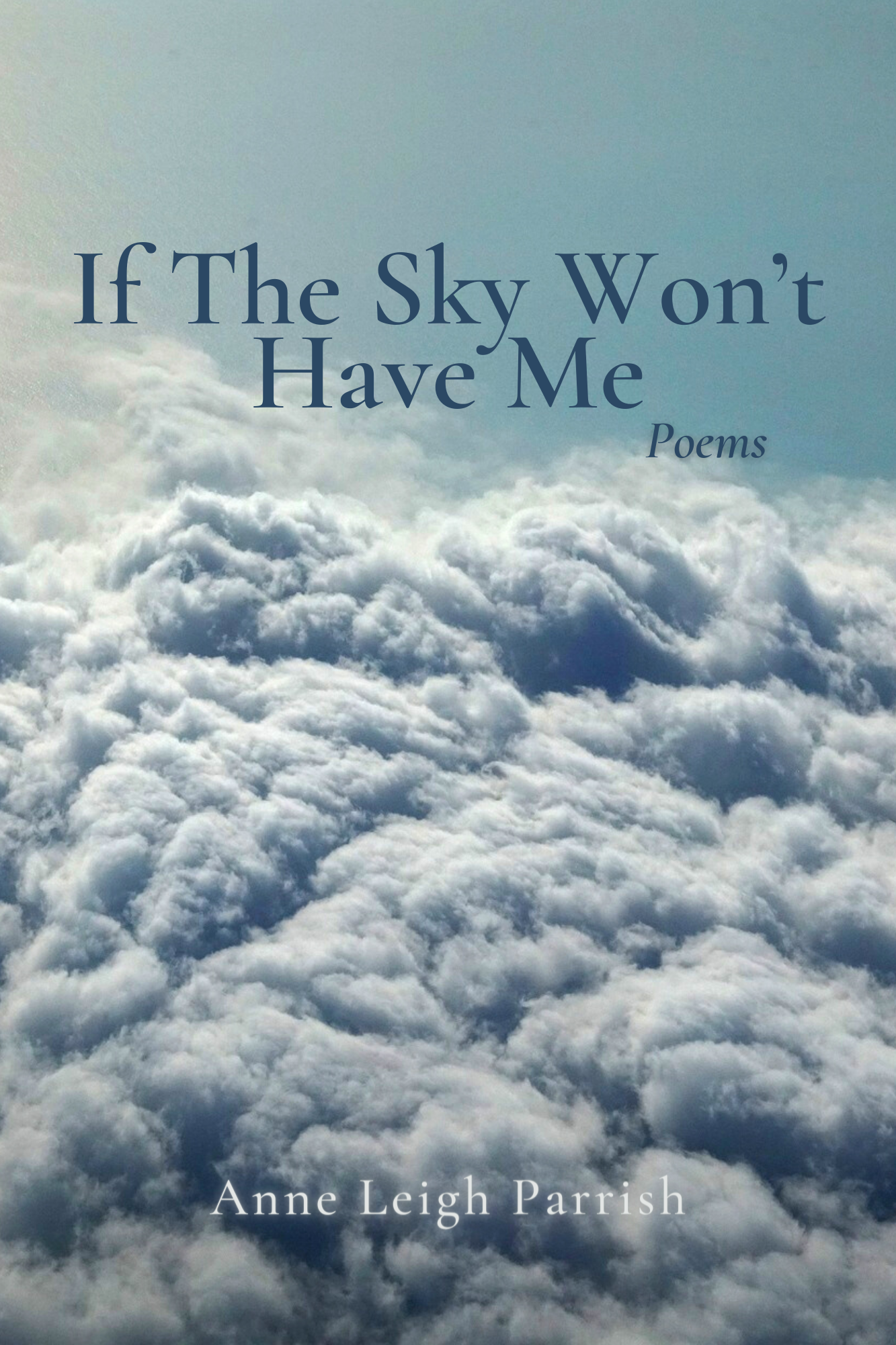About JERROD E. BOHN
A graduate of Colorado State U's MFA program, Jerrod E. Bohn is the author of two previous full-length poetry books, Animal Histories (2017) and PULP: A Manifesto (2018), both from Unsolicited Press. His poetry and nonfiction has appeared in numerous literary journals and other publications. Bohn currently resides in Seattle where he is a college English professor and the lead writer and lead writer for Bandbox Vinyl Record Club. Additionally, he runs Gravel: A Reading Series at a local brewery and enjoys cooking and being outdoors.
-
Genre: Poetry Hybrid
ISBN: 978-1947021044
Publication Date: August 14, 2017






